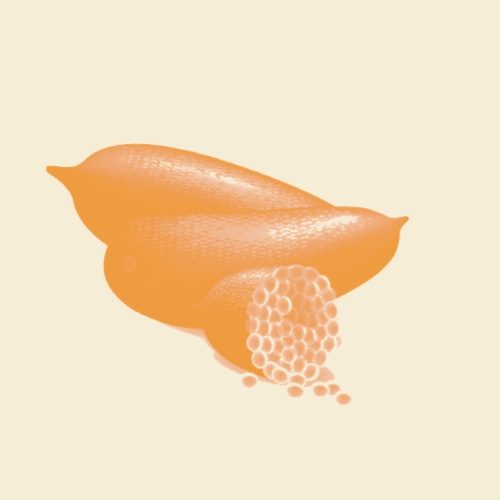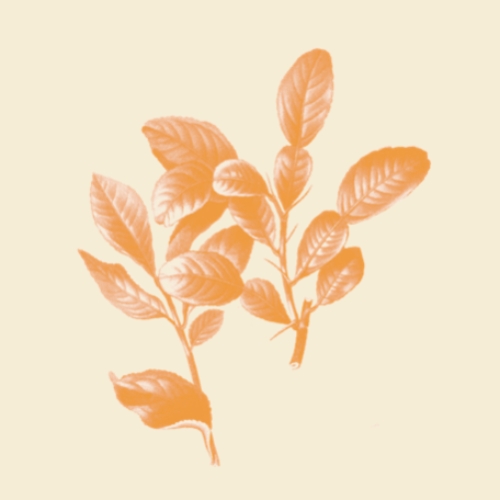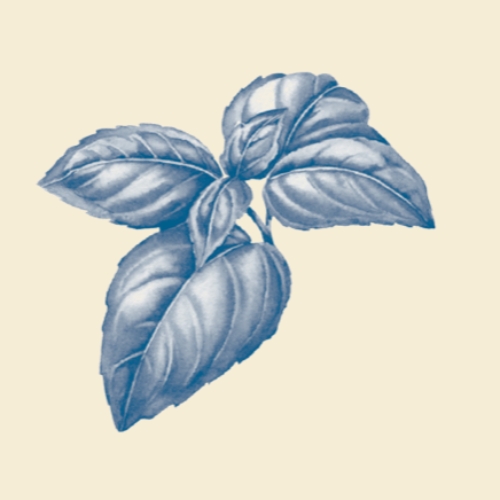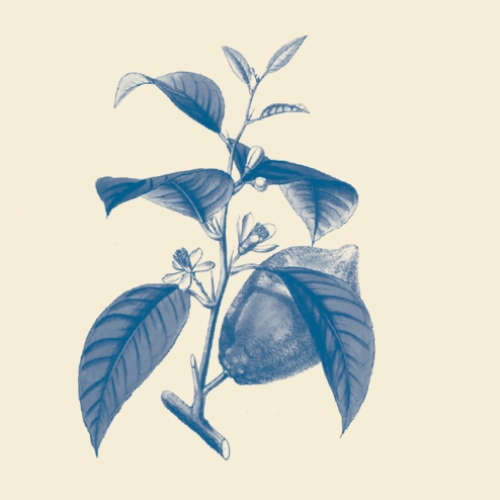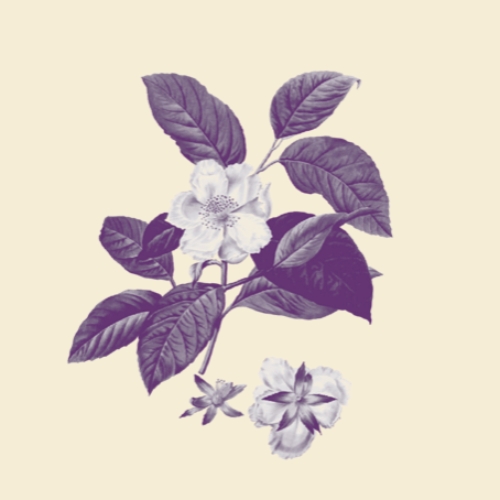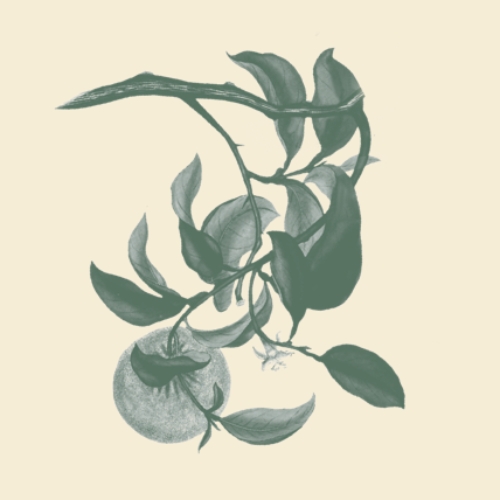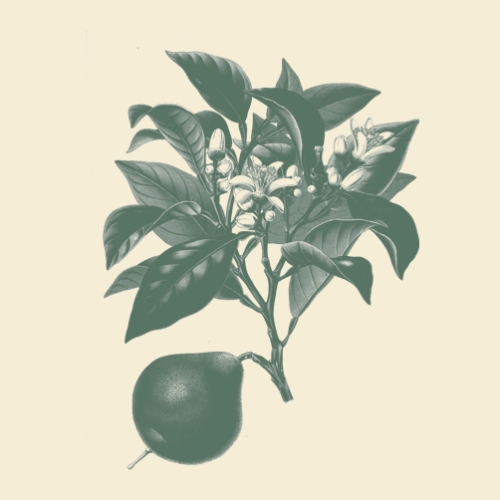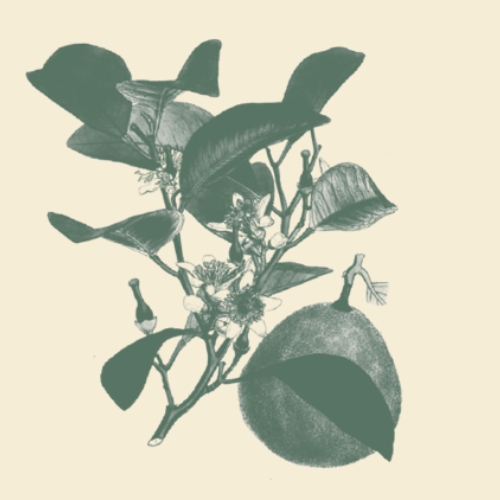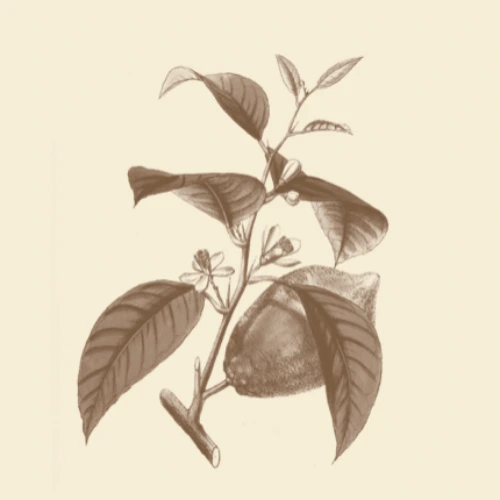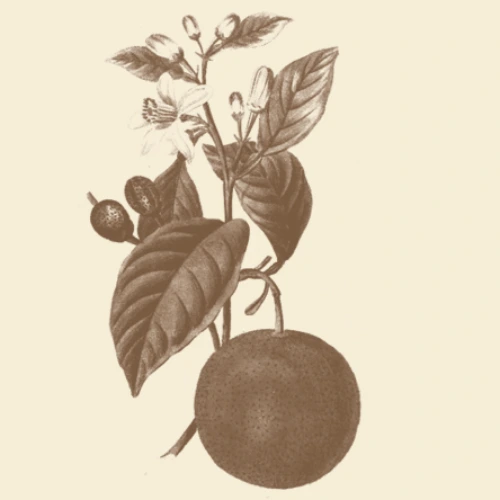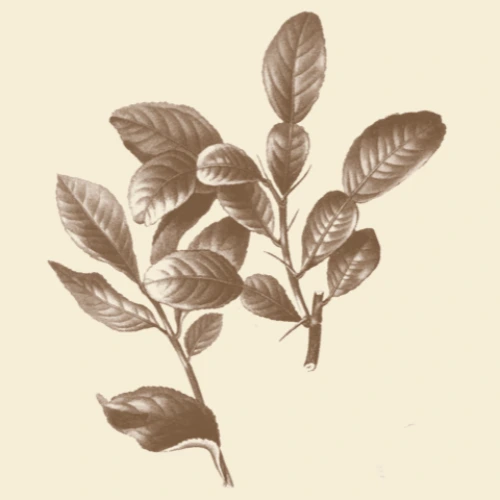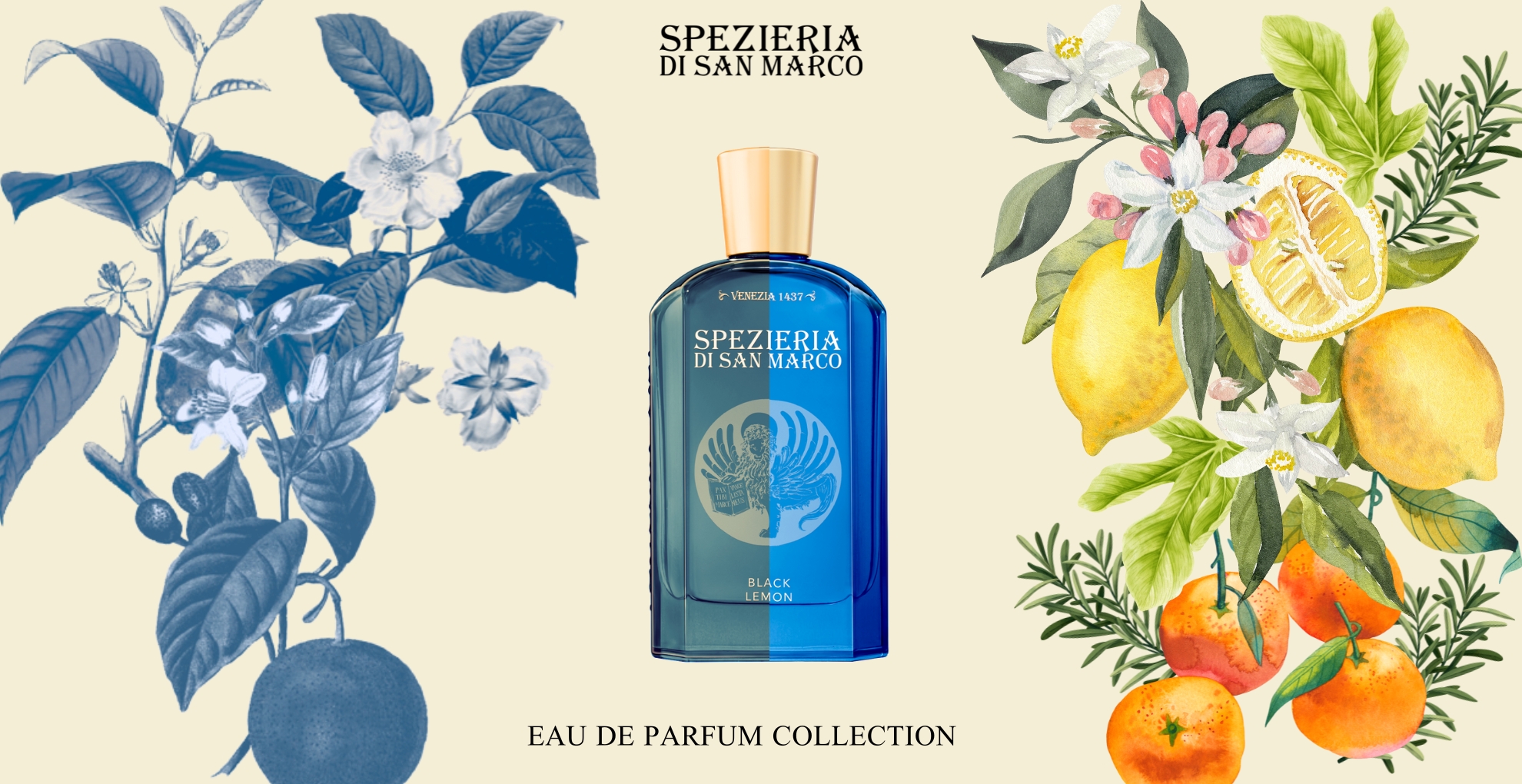
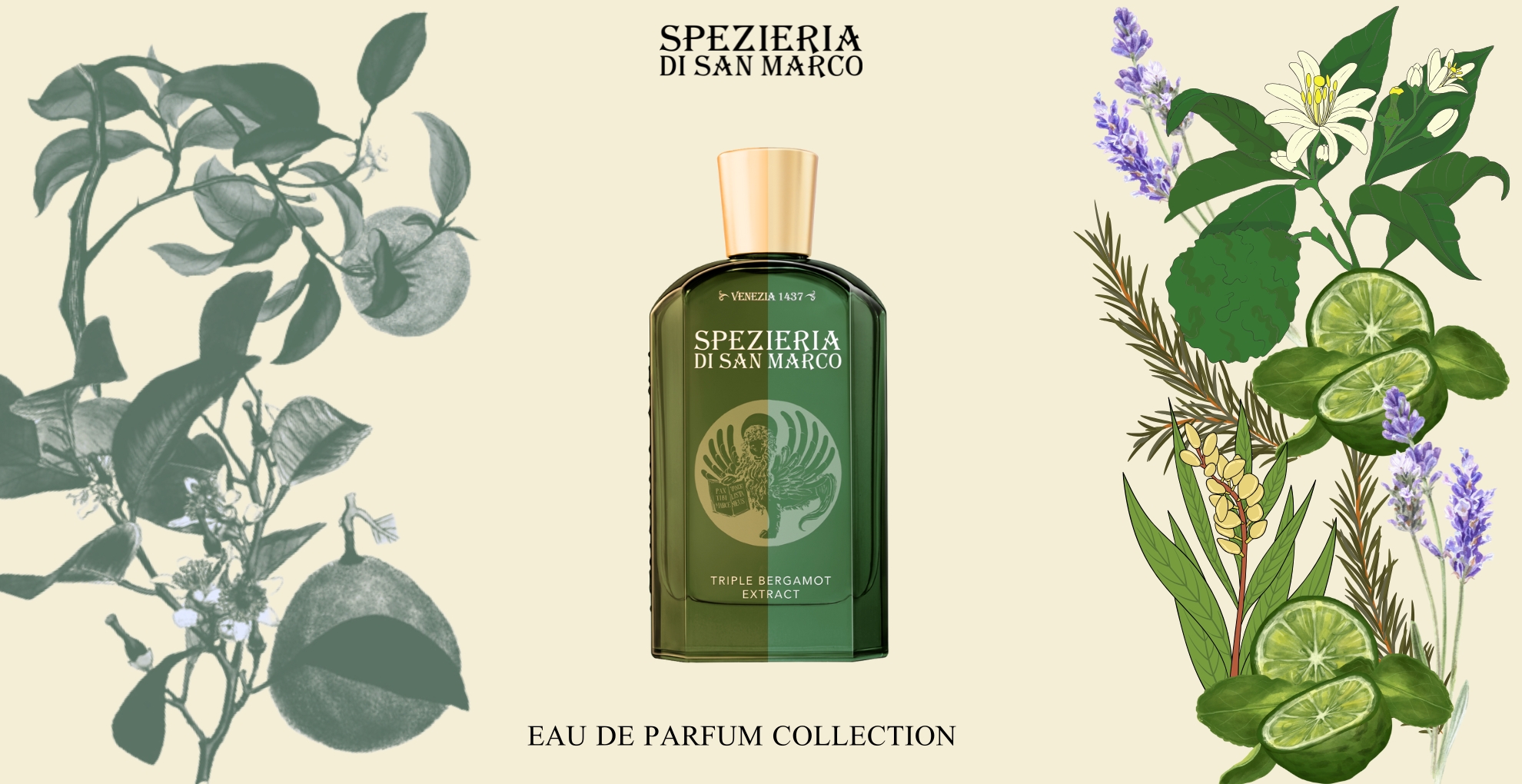
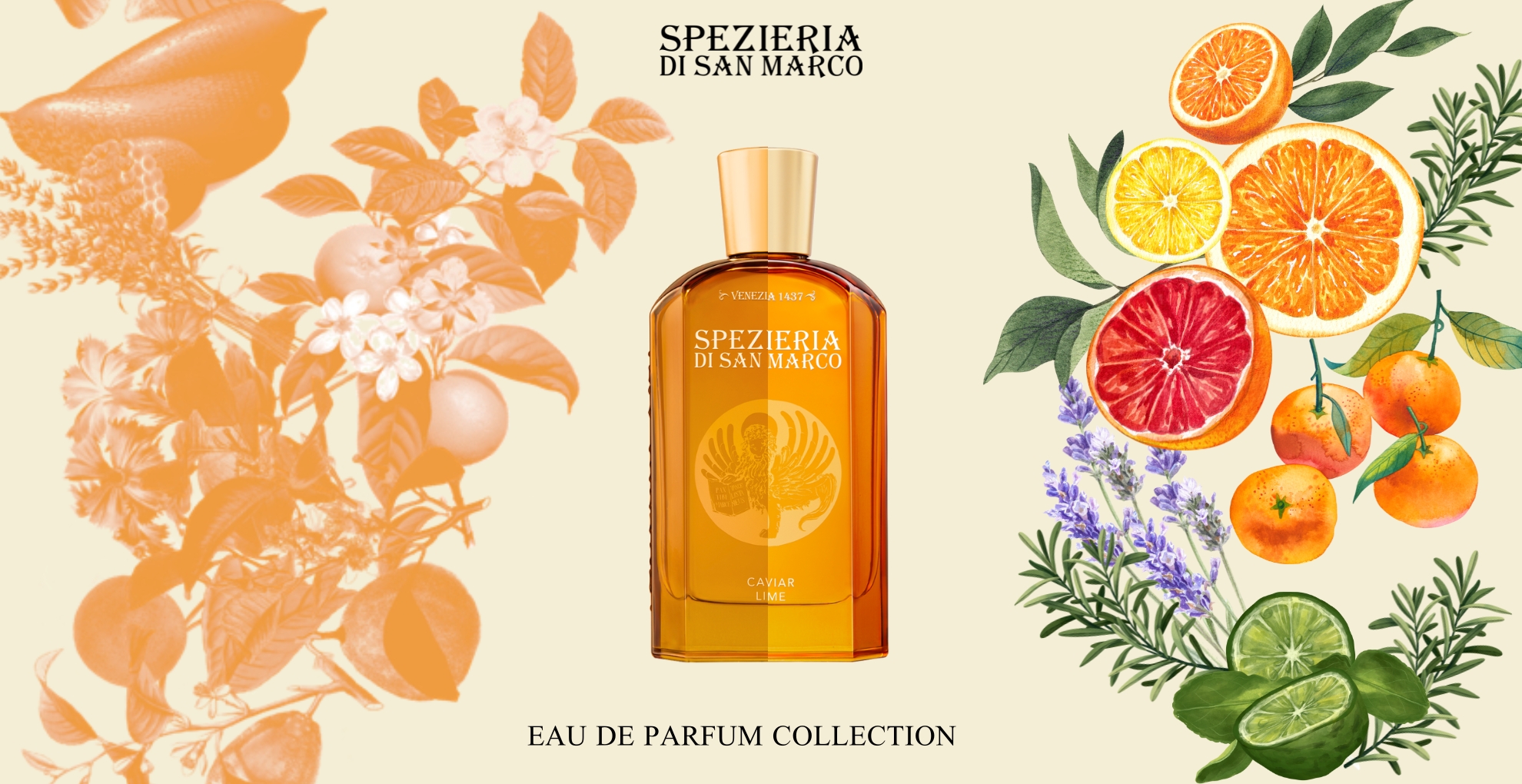
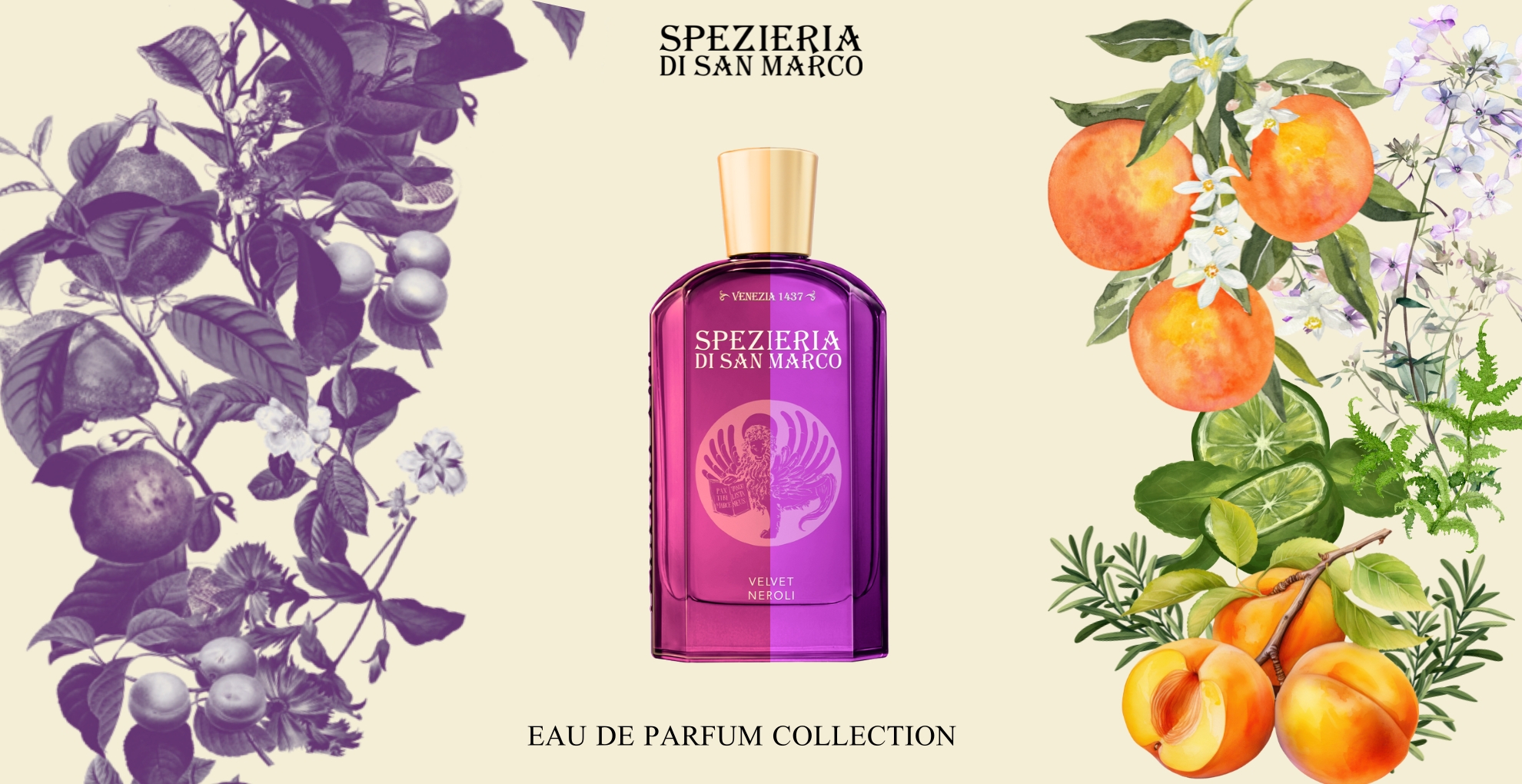

Heritage
Established in 1437, in the vibrant heart of Venice,
the Scuola Grande di San Marco has intertwined its destiny with that of the Spezieria di San Marco, becoming the custodian of an ancient and precious art: the art of apothecary.
At one time, Venetian Spezierie were workshops-laboratories where botanists and alchemists transformed natural herbs and essences into medicines and elixirs of life.
Under the noble gaze of the Marcian Lion, eternal symbol of Venice and protector of its history, St. Mark’s Spezieria evokes that golden age.
Timeline
1437
School settlement Great next to the Basilica and the Dominican Monastery.
Expenses for medicines began to become high, and the Apothecary began to produce medicines independently for internal and external use.
1650
Expenses for medicines began to become high, and the Apothecary began to produce medicines independently for internal and external use.
1806
The monastery was converted into a hospital, initially military and later civilian. From this time, the Apothecary was converted into a pharmacy.
The former monastery is now the Ss. Giovanni e Paolo public hospital in Venice and houses the former pharmacy and Scuola Grande di San Marco.
TODAY
The former monastery is now the Ss. Giovanni e Paolo public hospital in Venice and houses the former pharmacy and Scuola Grande di San Marco.
Apothecary Building of San Marco
The Scuola Grande di San Marco is a Renaissance building located in the Castello district, overlooking the Campo Santi John and Paul in Venice.
Ancient Apothecaries
Apothecaries were workshops where, in ancient times, naturally based medicines were prepared and sold.
These places today could be compared to modern pharmacies.
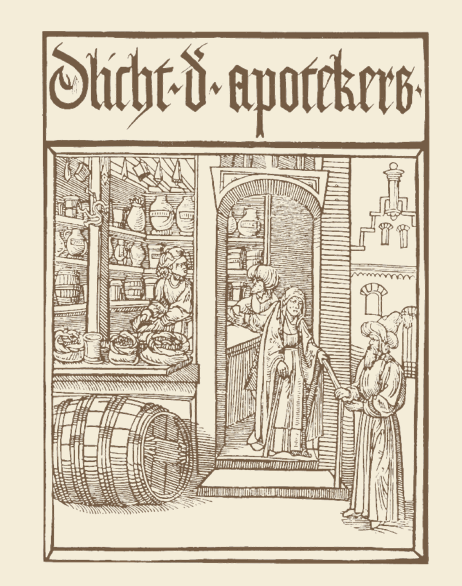
Aqua Mirabilis
The ‘Aqua mirabilis’ was created in 1600 by John Paul Feminis. It was from the formula of the ‘Aqua Mirabilis’ that the original Eau de Cologne Farina was formulated.
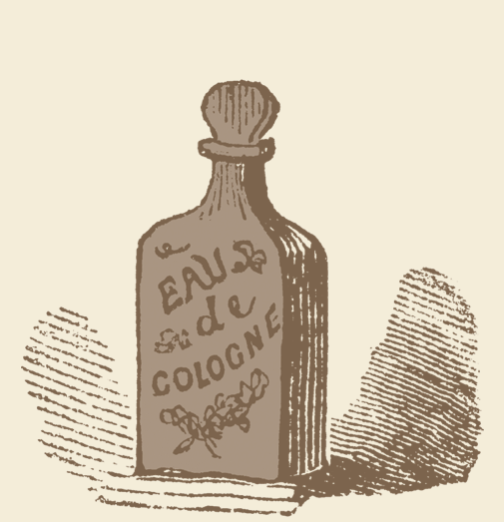
Emblematic Logo
St. Mark’s lion is a winged lion that symbolically represents the evangelist St. Mark, patron saint of the city of Venice. It is also known as the Marcian Lion.

EAU DE PARFUM
Inspired by the original Eau de Cologne formula, this collection of precious Eau de Parfum aims to enhance the citrus olfactory family through modern and refined reinterpretations.
These perfumes provide an opportunity to discover the ancient art of extraction and the quality of the best raw materials available on the market.
Mastery in the art of combining fine ingredients blends with innovation in the search for raw materials, with a special focusto those from the Mediterranean Sea.
Guinea Pig Lime
This Mediterranean Eau De Parfum captures the essence of sunny landscapes and refreshing coastal breezes.
The combination of lime caviar, an exclusive fruit never before used, with the freshness of delicate herbs and flowers creates a revitalizing and stimulating olfactory profile.
Lime Caviar, which releases a citrusy flavor reminiscent of tiny pearls of lemon juice, offers a fresh, pungent aroma with a slight sweetness, creating a lively base for the fragrance.
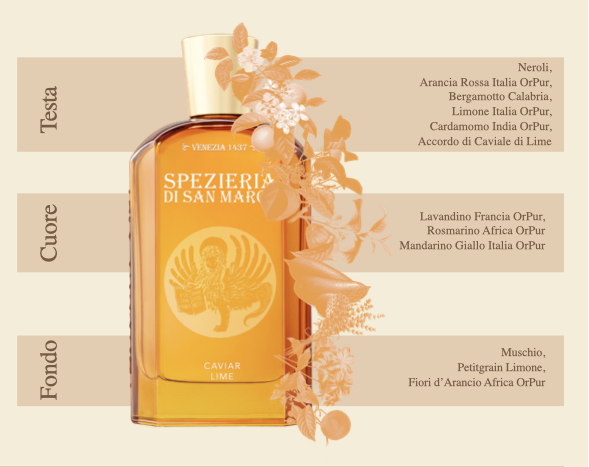
Black Lemon
This modern Eau De Parfum embodies a sophisticated balance of freshness and warmth.
The interplay of citrus, herbaceous, floral and woody notes creates a dynamic and evolving olfactory profile that is both refreshing and inviting.
The Black Lemon Accord, an innovative and unique note in the perfumery world, introduces a lively, slightly smoky citrus aroma. This lemon, dried directly on the tree, gives an intriguing depth that captures the attention from the first moment.
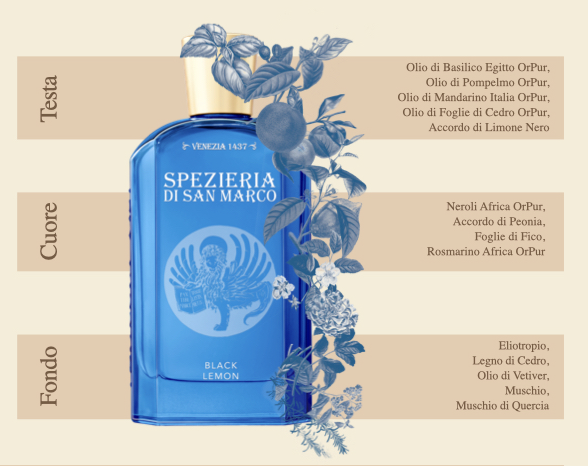
Triple Bergamot Extract
This Eau de Parfum expresses three extraordinary shades of Bergamot, developed with a precise olfactory vision, combining state-of-the-art processing technologies with the best citrus fruits of Italy.
The juiciest bergamot, kissed by the southern Italian sun, reveals an initial rich, sweet, fruity aroma that evolves into an herbaceous, balsamic body.
The fusion of the green top note of bergamot with a fresh, lingering floral citrine note enhances the overall freshness, while orange blends harmoniously with cardamom, lavandin, and petitgrain.
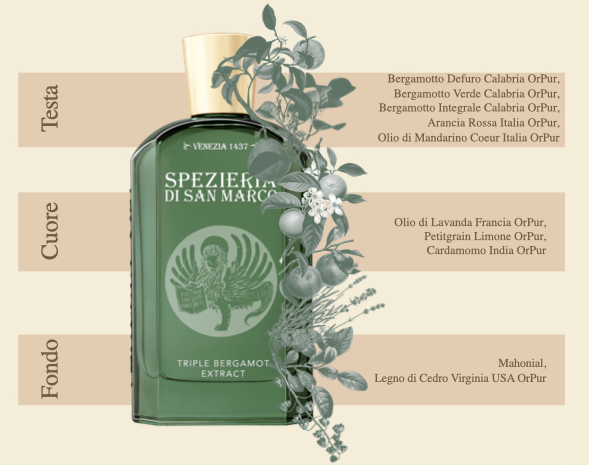
Velvet Neroli
The allure of Neroli is enhanced, highlighting its floral grace and invigorating characteristics through the reflection of a crystal. It represents the purity, freshness and vibrant essence of the Mediterranean.
Imagine this delicate yet robust form, reminiscent of a multifaceted gemstone, creating a radiant effect with notes of enchanting citrus and flowers, enhanced by a hint of sweet apricot. All harmonized by musk and woods giving rise to a persistent and unforgettable base.
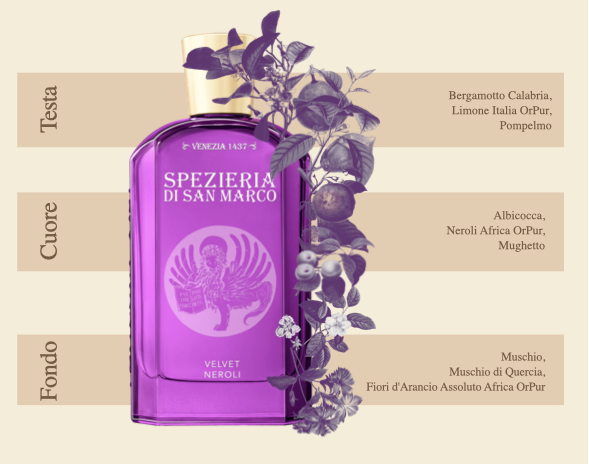
Product line
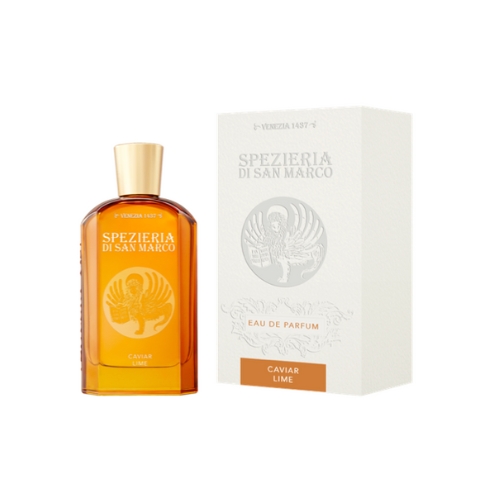
Eau De Parfum
100 ml
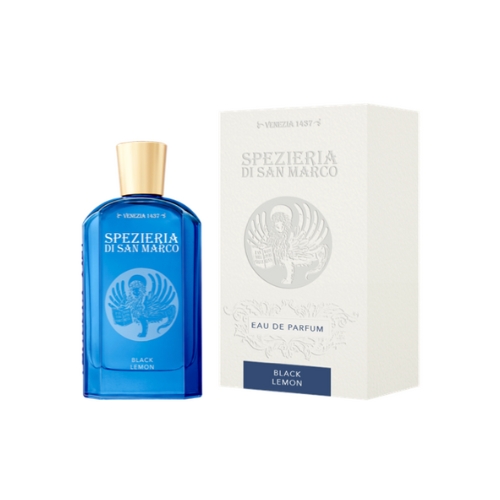
Eau De Parfum
100 ml
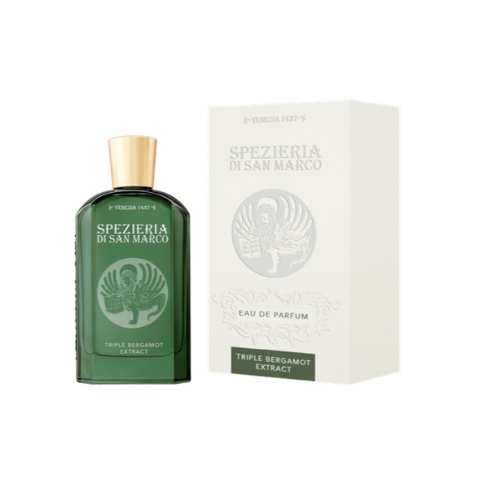
Eau De Parfum
100 ml
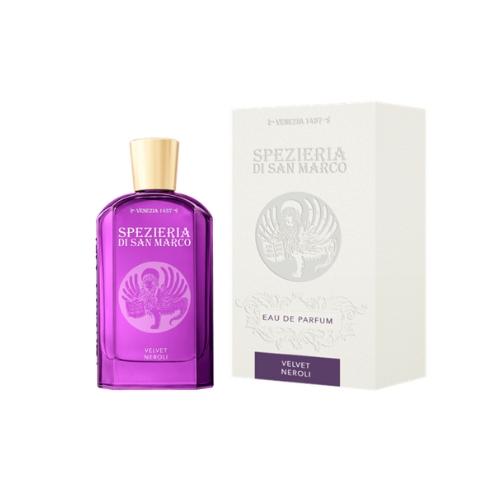
Eau De Parfum
100 ml
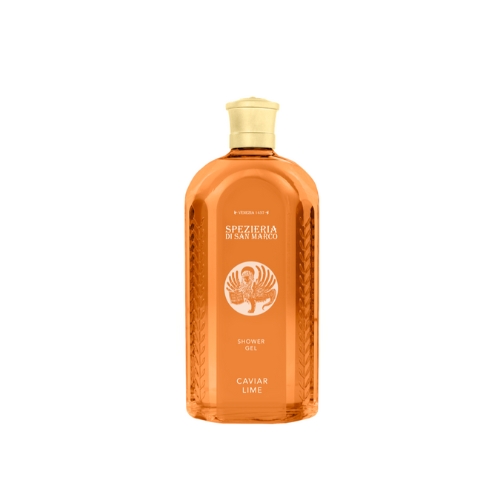
Shower Gel
500 ml
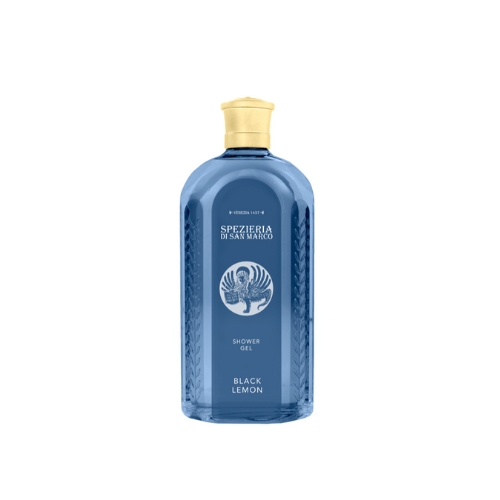
Shower Gel
500 ml
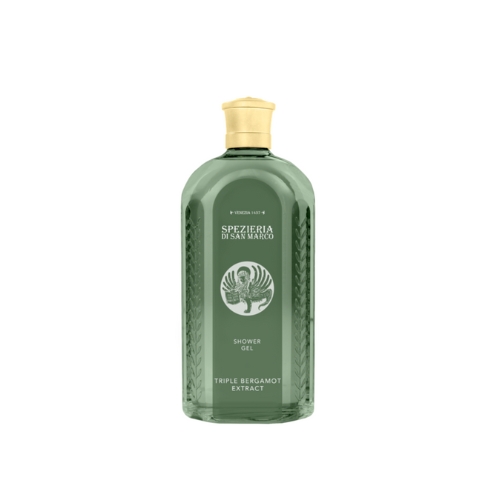
Shower Gel
500 ml
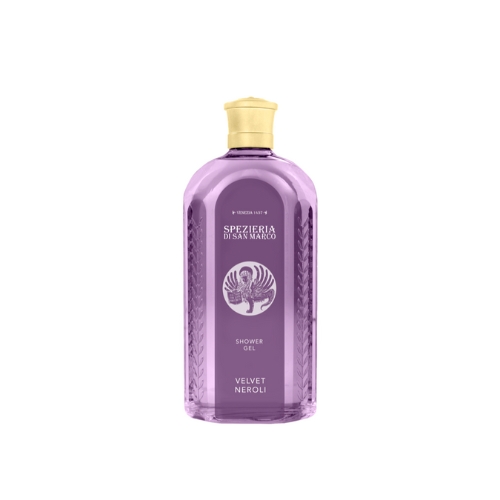
Shower Gel
500 ml
EAU DE COLOGNE
Fragrance
This first fragrance interprets Eau De Cologne in its purest form.
Bergamot gives the fragrance an extremely rich, sweet and fruity initial note, followed by herbaceous and balsamic undertones; it is joined by lemon with a sparkling, sunny and sugary impact, and sweet and tart orange.
At the heart, fresh and floral Petitgrain recalls orange blossom with a woody and herbaceous undertone, while fresh and airy Neroli, with an aristocratic soul and green inflections, will take you to the next level of pure elegance.
The fragrance is rounded out with two musks, Serenolide™ and Helvetolide™, elegant and with comfortable, cozy and soft effects the former, linear, rich and warm the latter.
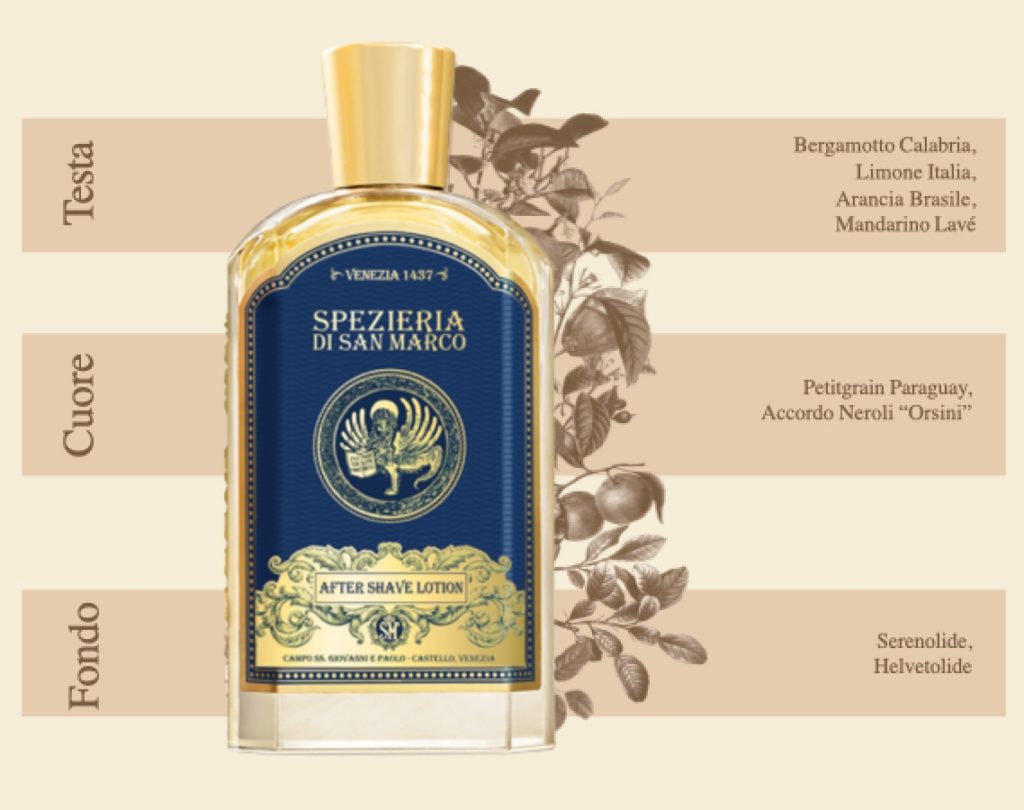
Product line
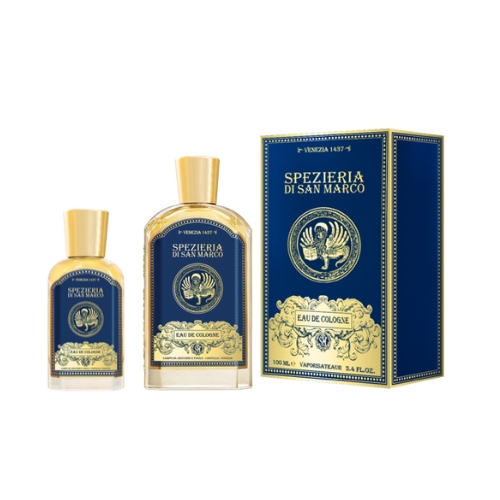
Eau De Cologne
50/100 ml
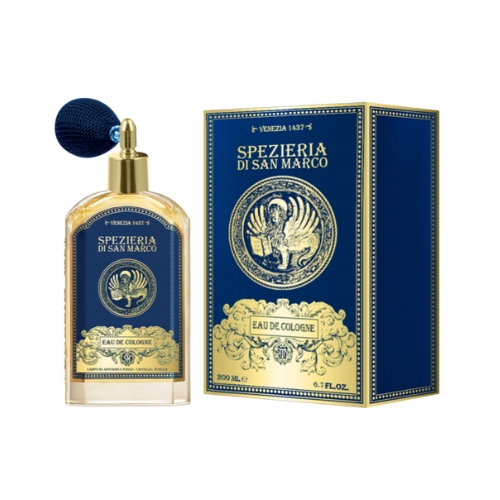
Eau De Cologne
200 ml
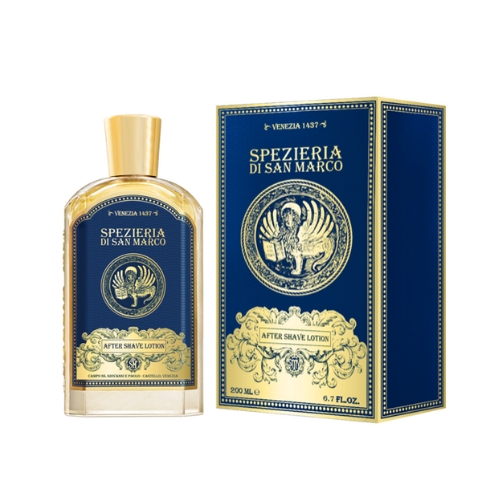
After Shave Lotion
200 ml
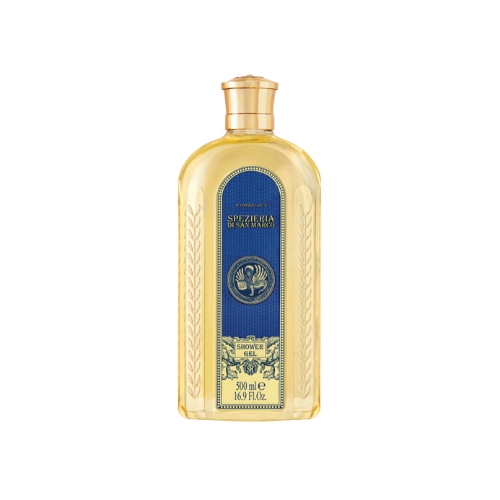
Shower Gel
500 ml
© 2025 MAVIVE S.P.A. – Via Altinia, 298/B Dese 30173 Venezia (VE) | P.Iva and C.F. 02159290275 – REA VE-200047 –
PEC: [email protected] – Cap. Soc. € 500,000.00
